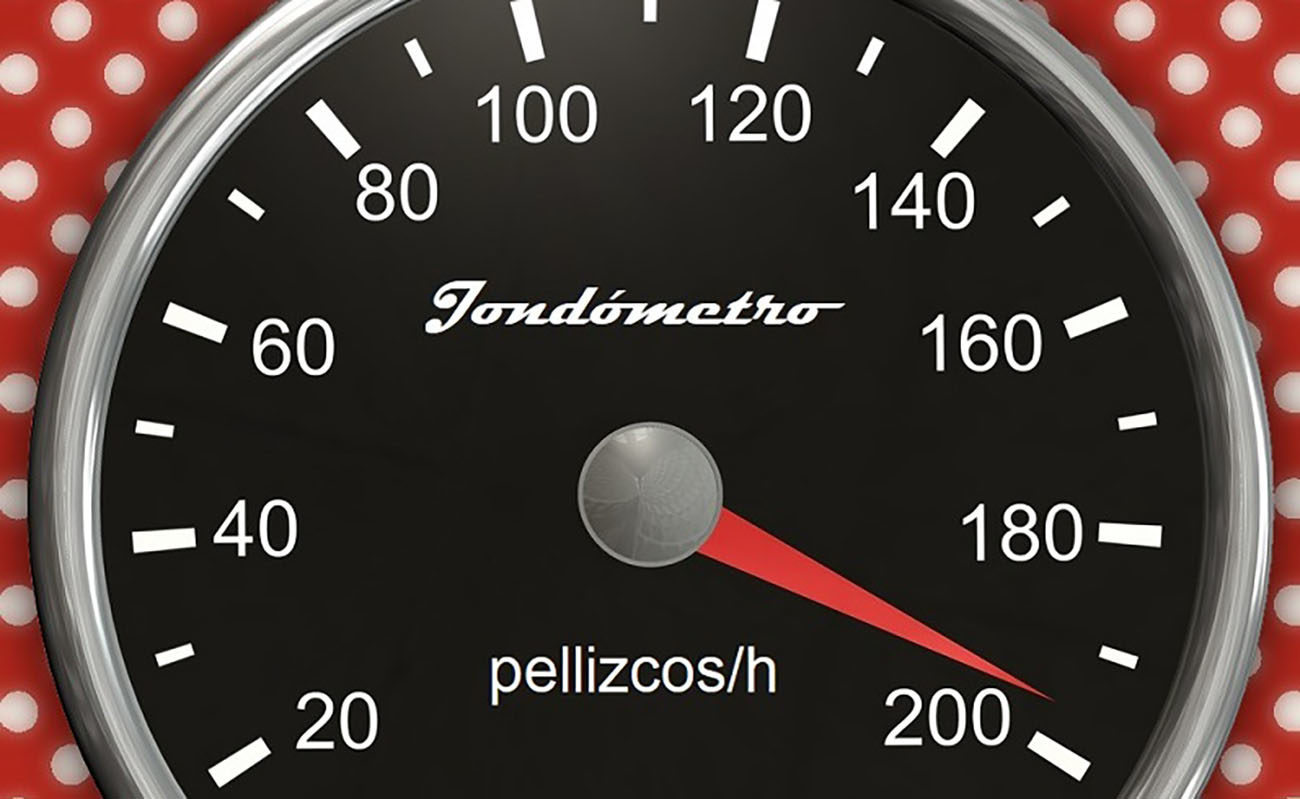Creativity, Structures and the Jondometer
In current flamenco times, we all know that anyone accused of being a “purist” is to be taken

In current flamenco times, we all know that anyone accused of being a “purist” is to be taken out back and roughed up a bit for daring to try silence the inevitable march of progress or dictate to others what is and is not flamenco. Or so it goes.
With the 2018 Festival de Jerez wrapped up and packed away till next year, and the Bienal de Sevilla looming – both events well-known for their diversity, from ultra classical to ultra experimental – it’s a good moment to consider why some shows project a flamenco feeling, despite avant-garde elements, while others seem to have all the conventional ingredients, but barely register a blip on the jondometer. Readers sometimes come to me to express their disapproval of some flamenco artist I may have written about, or worse yet, they may have gone to see a show on my recommendation, been disappointed and then contact me to say so…it’s like being the customer service of a department store where people go back and complain if the item purchased doesn’t live up to expectations. In Spain, theater tickets for two, plus parking, drinks and tapas can easily surpass 100 euros/dollars, so people need to know what they’re getting into.
At a recent cante recital by a well-known singer who tends to expand upon the most traditional material adding his own inspired creativity, I overheard irate comments behind me: “no canta nada como es”…”he doesn’t sing anything the way it’s supposed to be”. This is the type of flamenco fan who expects to hear specific cantes, with not one note out of place, usually mimicking a specific interpretation heard years ago and which the person considers the only real and true version. This sort of mind-set is an unfortunate distortion of what flamenco is about in the first place, because it precludes creativity, and that highly valued commodity: personality.
The fact that some creative artists perform traditional flamenco in absolutely original ways, is extremely important in these dynamic flamenco times, because it’s the most vivid proof that yes, flamenco can evolve to reflect different eras, individuals and sensibilities, without losing its identity, however, it works best for those who’ve paid their dues and know how to use the machine. When you buy a piece of equipment, you bring it home from the store, unwrap it and read the manual. If you install it correctly and make proper use of it, you will be rewarded with the desired results. Flamenco is little different; learn the rules and the machine will work properly, be it singing, dance or guitar; deviate from the basic structures, and the flamenco energy seeps out like the air from yesterday’s balloons.
What then are the “structures”? Compás, the rhythmic pulse – twelves, eights, threes or free-form – a musical mode – major, minor or Phrygian – and traditional melodies that may or may not be supplemented by lesser-known styles or personal versions. Nearly everything else is negotiable (just ask Israel Galván), and that means a universe of opportunity for improvisation and creativity. The gift of flamenco is that the structures, which are few but rigid, offer a space for emotions to be managed, shared with others and flourish as artistic expression. This kind of externalization and communication is actually the function of all artistic endeavours, but flamenco seems to make especially good use of the process.
If you’re reading this, chances are flamenco enriches your life as it does mine. In order to maintain this living breathing art-form in all its freshness and dynamic intensity, we must consistently and aggressively defend its structures, which, unlike the interpreters who come and go, are the permanent framework of the genre.
Estela Zatania






